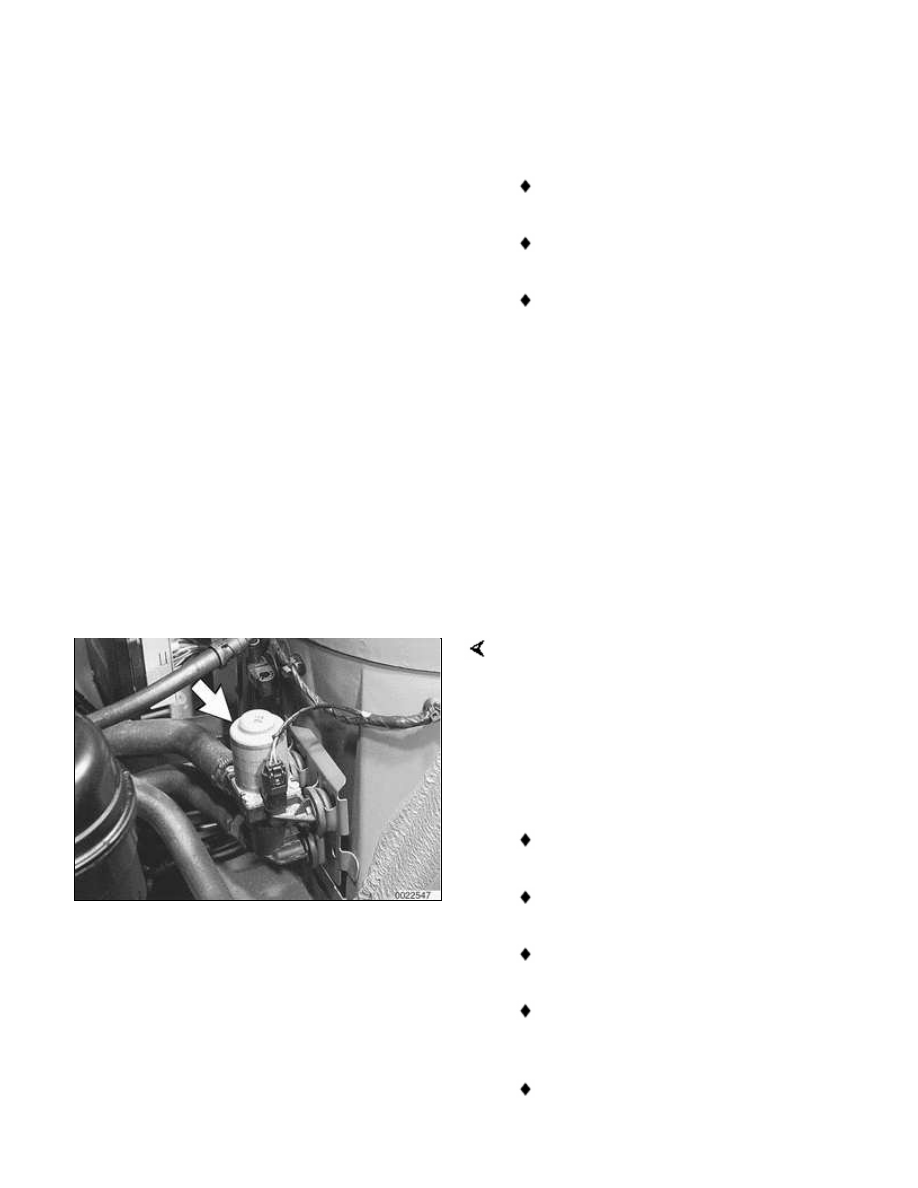BMW 3 (E46). Manual - part 280

the front panel, includes an EEPROM
chip for storage of Diagnostic Trouble
Codes (DTCs). Inputs to the module
include:
Heater core temperature sensor
A/C evaporator temperature sensor
Other programmed functions from
Car Memory (such as rear window
defrost timing).
The module can go into "sleep mode" to
reduce power consumption when the
ignition is switched OFF but still retain
control panel settings and DTC
information. If the control module is
replaced it must be recoded using BMW
scan tools DIS or MoDiC.
Heat regulation
The E46 uses a single water valve and
heater core to provide passenger
compartment heat. The water valve is
electrically pulsed to control the flow of
coolant through the heater core.
Temperature regulation is based on the
following inputs:
Temperature control switch setting
Interior temperature sensor signal
Ambient temperature signal
Heater core temperature sensor
signal
Evaporator temperature signal